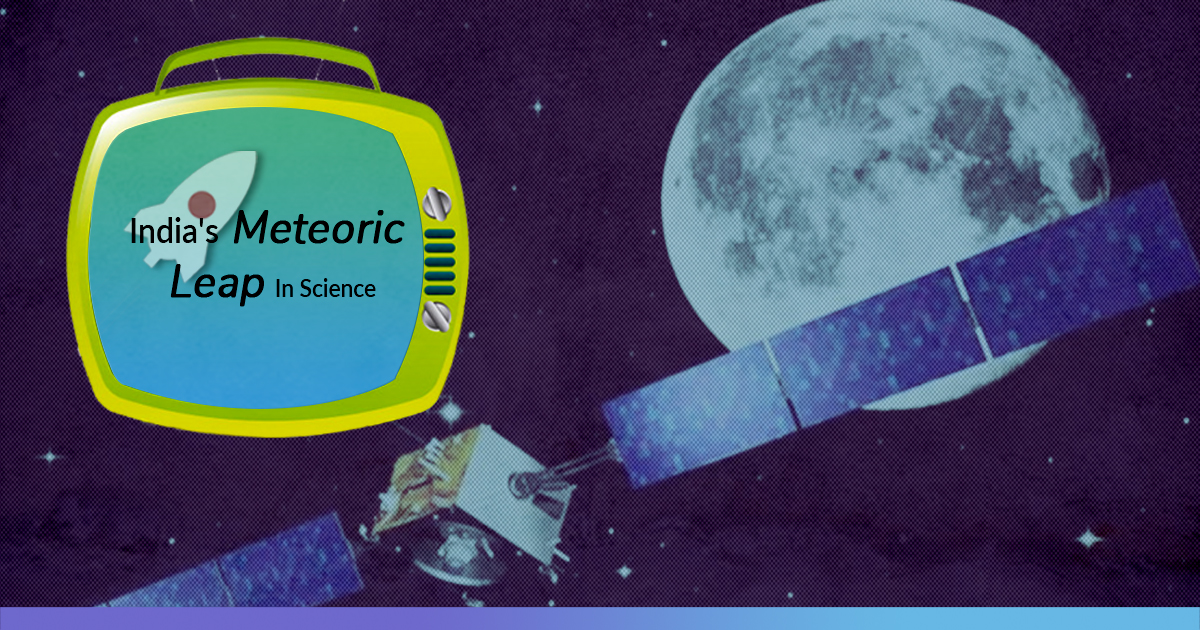As India marks 73rd Independence Day, The Logical Indian brings to you the journey of the Indian Republic from the clutches of the British rule to becoming one of the fastest-growing economies in the world. Over the course of the next few days, we will focus on key parameters, sectors and issues that are crucial to the Union Of India.
Article 51 A(h) of the Constitution of India calls for the development of scientific temper a fundamental duty of every citizen of India. But in recent times we have seen the representatives of people either completely disregarding science or downgrading it. Let us have a look at the history of science in India post Independence.
Scientific Educational Institutes
In 1951 when India’s first Prime Minister, Pandit Jawaharlal Nehru, set up the first Indian Institutes of Technology (IIT) in Kharagpur nobody thought that the institution will not just serve spaces which require engineers but also other diverse fields–from political leaders like Arvind Kejriwal to Journalists like Raj Kamal Jha.
Establishment of IITs was not just a step towards producing some of the finest engineers but also a show of India’s commitment towards the development of science and technology to the world.
There are more than 23 IITs today, alumni of which have worked as politicians, CEOs, authors, economists, RBI Governors and what not. Almost all research organisations such as ISRO, Defence Research and Development Organisation (DRDO), Hindustan Aeronautics Limited, have IIT graduates working at top positions.
With approximately 10,000 graduates every year, IIT remains as one of the most trusted learning institutions in India. This year IIT Bombay was ranked 152 in the world by the Quacquarelli Symonds (QS) World University Rankings.
Nuclear Energy
The world saw India’s scientific vision in 1954 when India’s first Prime Minister Pandit Jawaharlal Nehru Inaugurated Atomic Energy Establishment, Trombay. It was later renamed as the Bhabha Atomic Research Centre (BARC) by Prime Minister Indira Gandhi in 1967.
BARC is named after scientist Dr Homi Jehangir Bhabha who was the head of Indian Nuclear program. The research centre’s main aim was to develop indigenous atomic energy to fulfil the power needs in future and side by side preparing India for the age of nuclear weapons.
With the help of reactors received from the west, BARC began to work on setting up Atomic Power stations in India. One of the first reactors India received was CIRUS. A reactor developed by Canada and India with the assistance of the US.
When India successfully conducted the first nuclear-bomb test in Pokhran in 1974 under the leadership of Prime Minister Indira Gandhi, the plutonium used came from the CIRUS reactor.
Space Science
The first thing which comes to mind when we think of Space Science in India is the Indian Space Research Organisation (ISRO). The Indian space agency was established on August 15, 1969. Exactly 12 years after independence.
Established under the leadership of Scientist Vikaram Sarabhai, Isro was initially started as Indian National Committee for Space Research in 1964 under the leadership of Jawaharlal Nehru to expand India’s footprint the space sciences.
In 1975, 16 years after its establishment Isro built its first satellite Aryabhata. Named after the famous Indian Mathematician who introduced the concept of ‘zero’ to the world the satellite was launched from Russia. But just in five years India developed its rocket and launched satellite Rohini from indigenous Satellite Launching Vehicle or SLV-3.
Since then India has launched several satellites and has even created history by launching 15 vehicles on a single rocket. Isro’s satellites are used in mobile telecommunication, development communication, remote sensing, weather forecast, and navigation.
Space Missions: Apart from satellite missions, Isro has also launched Moon and Mars Missions. On October 22, 2008, India launched Chandrayaan-2. On November 14, 2008, India became the fourth nation to place its flag on the moon after the Moon Impact Probe touched the surface of the moon.
The findings of the missions revealed the presence of water on the moon and received awards from International Space Agencies.
Similarly, the Mars Orbiter Mission or MoM also known as Mangalyaan which was launched on November 5, 2013, continues to revolve around the red planet and send data even today. Chandrayaan-2 launched on July 22, 2019, is still orbiting the earth and will soft-land on the surface of the moon on September 7, 2019.
Mathematics And Computing
Indian genius in Mathematics dates back to the before Christ era. There have been many Indian mathematicians but the contribution of three of them influenced the world.
Aryabhata: One of the first Mathematician and Astronomer of India is famous for introducing the concept of ‘zero’ to the place value system. He even came close to the approximation of pi(π). As said earlier, Isro named its first satellite after him. The whole of computer language which is binary codes run on 0s and 1s
Ramanujan: His capability of solving most famous and complex problems without even having a formal education astonished many. His contributions infinite series have applications in Theoretical Physics and are said to improve human understanding of black holes.
PC Mahalanobis: Founder of the Indian Statistical Institute and National Sample Survey Organisation which is responsible for the collection of countrywide data via surveys. This data then is used by the government in designing various welfare schemes and planning their structures. His key contributions were to implement the Feldman-Mahalanobis Model which formed the basis of the second five-year plan.
Supercomputers: Indian supercomputers, Pratyush and Mihir, are the fastest computing devices in India and secure 53 and 86 positions in the Top500 list of supercomputers across the globe. While Pratyush is located at Indian Indian Institutes of Tropical Metrology in Pune, Mihir is located at National Center for Medium-Range Weather Forecast, Noida. Both the devices have 119,232 cores and deliver a peak speed of 4006.2 Teraflops/sec.
The article is a part of our series on 73rd Independence Day in our endeavour to pay homage to all those who lost their lives fighting for the freedom that we enjoy today.
Also Read: From British Colony To Military Prowess: Evolution Of Indian Armed Forces











